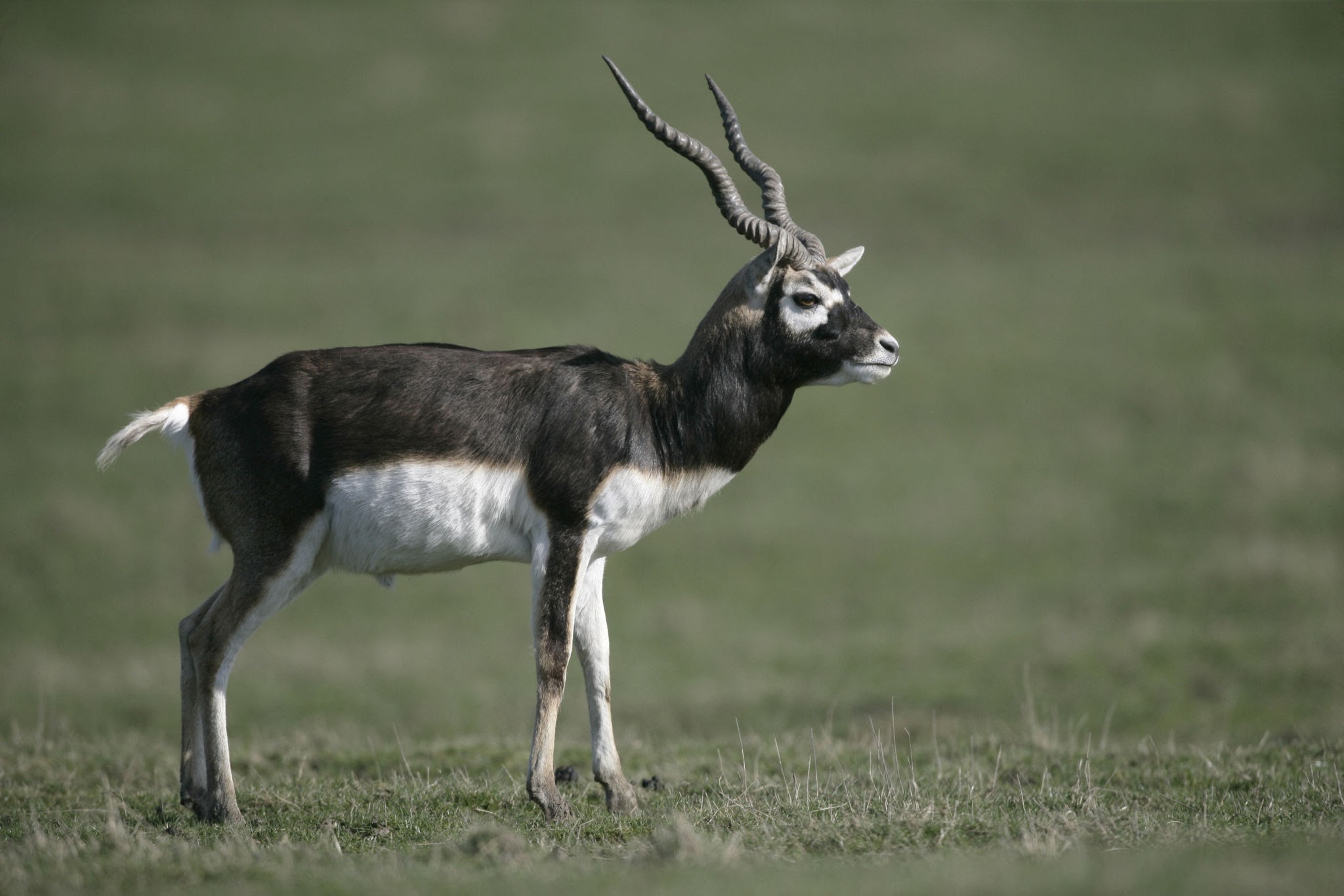Free Courses Sale ends Soon, Get It Now


Free Courses Sale ends Soon, Get It Now



Disclaimer: Copyright infringement not intended.
Context: A new study conducted by the Indian Institute of Science (IISc) has shed light on how blackbuck in India have fared in the face of natural and human-induced challenges to their survival.
Details:
Findings:
About:
THE BLACK BUCK FACTS
|
Scientific Name |
Antilope cervicapra |
|
Species |
M. ursinus |
|
Local Name |
Kala Hiran, Sasin, Iralai Maan and Krishna Jinka. |
|
Diet |
Herbivore |
|
Status |
Near Threatened |
|
Lifestyle |
Solitary or in small group of four |
|
Lifespan |
12 years |
|
Top speed |
50 to 80 km/h |

© 2024 iasgyan. All right reserved